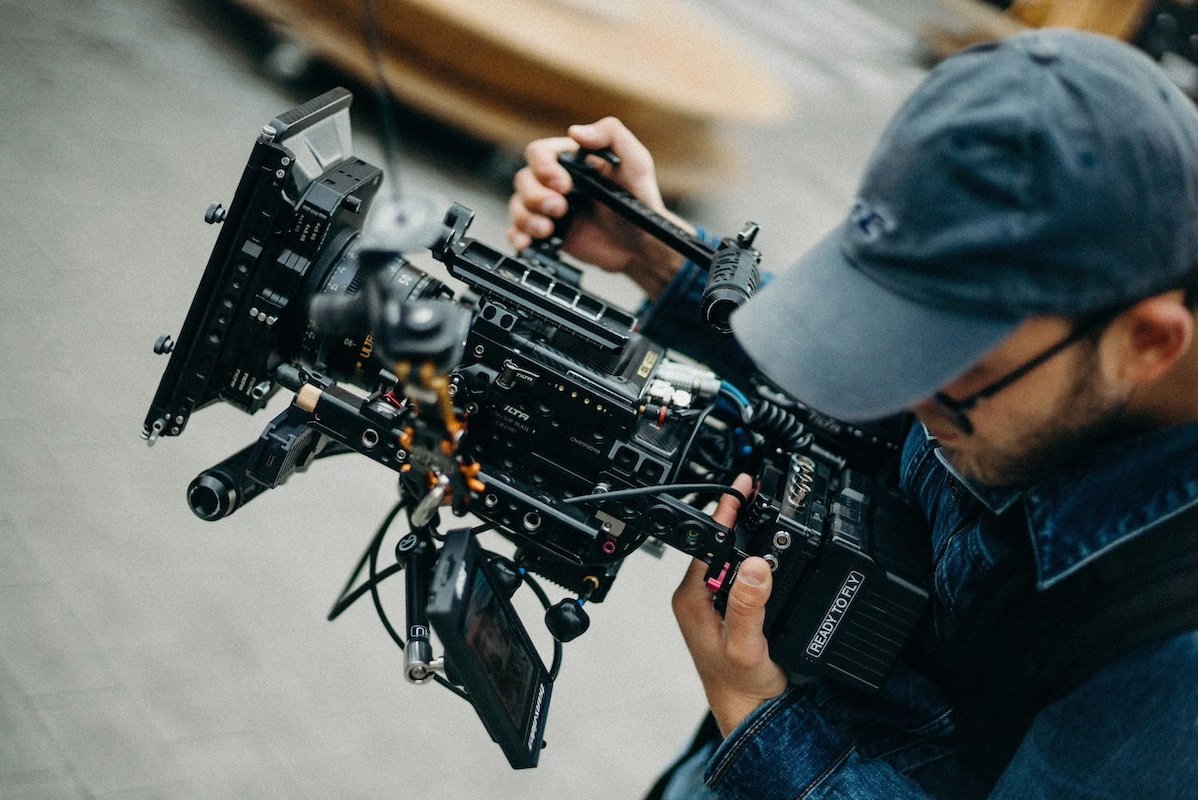Creating visually captivating videos requires more than just good equipment; it involves mastering cinematic techniques that enhance storytelling and visual impact. This guide explores essential cinematic techniques to help you produce stunning, professional-quality videos.
Understanding Cinematic Composition
Cinematic composition is the art of arranging visual elements within the frame:
- Rule of Thirds: Divide the frame into a grid of nine equal parts. Place important elements along the lines or intersections to create a balanced and engaging composition.
- Leading Lines: Use lines within the scene to direct the viewer’s eye towards the main subject or through the scene, adding depth and interest.
- Framing: Use natural or architectural elements to frame the subject, adding context and focusing attention.
Applying these compositional techniques enhances the visual appeal and storytelling of your videos.
Mastering Camera Angles and Movements
Camera angles and movements can dramatically influence the mood and perception of your video:
- Camera Angles: Experiment with high, low, and eye-level angles to convey different perspectives and emotions. For example, a low angle can make a subject appear more powerful.
- Camera Movements: Use movements like pans, tilts, and tracking shots to add dynamism. Smooth, controlled movements help maintain a professional look.
- Dolly Shots and Steadicams: Employ dolly shots for smooth, cinematic tracking movements. Steadicams are ideal for handheld shots, providing stability and fluidity.
Choosing the right camera angles and movements can elevate your video’s visual storytelling.
Utilizing Lighting for Mood and Atmosphere
Lighting is crucial for setting the mood and enhancing the visual quality of your video:
- Three-Point Lighting: Use key light, fill light, and backlight to create a well-lit, balanced scene with depth and dimension.
- Natural Light: Take advantage of natural light sources like windows. Soft, diffused light can create a pleasing, natural look.
- Creative Lighting: Experiment with colored gels, practical lights, and shadows to create unique effects and moods.
Proper lighting techniques can transform the atmosphere and quality of your video.
Creating Depth with Layers
Depth in a video adds a sense of dimension and immersion:
- Foreground, Midground, and Background: Incorporate elements in these three layers to create a sense of depth. This helps the viewer feel more engaged with the scene.
- Depth of Field: Use shallow depth of field to blur the background and focus attention on the subject. This technique adds a cinematic quality and isolates the subject from distractions.
Creating depth adds visual interest and enhances the viewer’s experience.
Mastering Color Grading
Color grading involves adjusting the colors and tones in your video to achieve a specific look or mood:
- Color Temperature: Adjust the warmth or coolness of your footage to match the desired atmosphere. Warm tones can evoke a cozy or dramatic feel, while cool tones can create a calm or somber mood.
- Color Wheels and Curves: Use these tools to adjust shadows, midtones, and highlights, adding contrast and enhancing the visual impact.
- LUTs (Look-Up Tables): Apply LUTs to achieve specific color looks or styles quickly, streamlining the grading process.
Effective color grading enhances the overall mood and cohesion of your video.
Implementing Effective Sound Design
Sound design plays a crucial role in creating an immersive experience:
- Dialogue and Voiceovers: Ensure clear, crisp dialogue and consider using voiceovers to add narrative depth or context.
- Sound Effects: Use sound effects to enhance actions or add realism. Pay attention to timing and volume to ensure they complement the visuals.
- Music: Choose music that matches the tone and pace of your video. Music can heighten emotions and drive the narrative forward.
High-quality sound design complements your visuals and enhances the viewer’s engagement.
Incorporating Visual Effects
Visual effects (VFX) can add creativity and polish to your video:
- Transitions: Use smooth transitions between scenes to maintain flow and coherence. Avoid overusing flashy effects that can distract from the content.
- CGI and Animation: Integrate CGI and animation for dynamic elements or to visualize abstract concepts. Ensure they blend seamlessly with live-action footage.
Incorporating VFX enhances the visual storytelling and adds a professional touch to your video.
Conclusion
Mastering cinematic techniques is essential for creating stunning, professional-quality videos. By applying effective composition, camera movements, lighting, color grading, and sound design, you can significantly enhance the visual and emotional impact of your videos. Embrace these techniques to elevate your filmmaking skills and produce compelling, cinematic content.










